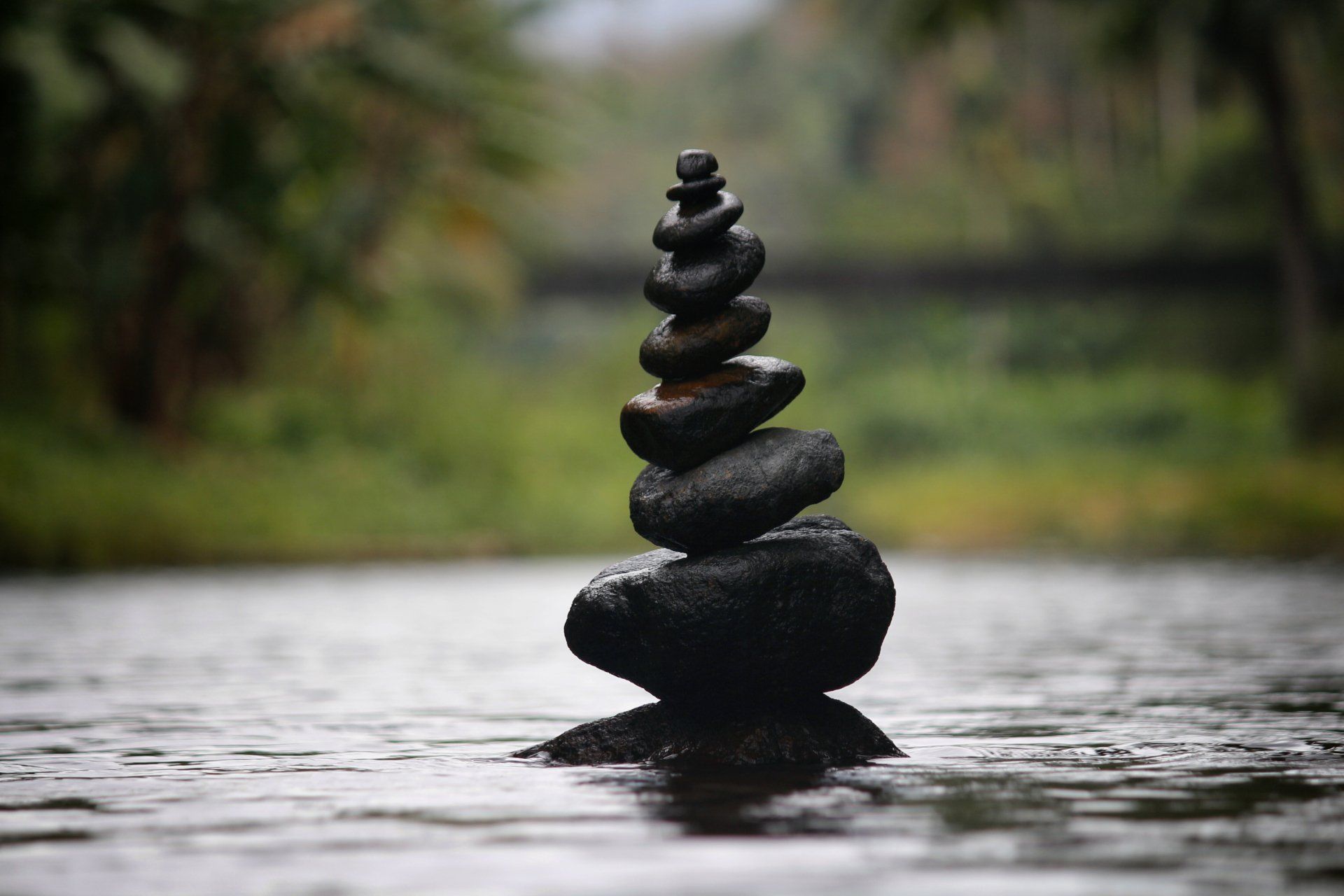Neurofeedback Therapy For Anxiety
Tara Ezell • August 26, 2023
Reduce Symptoms of Anxiety and Feel More At Peace

When it comes to anxiety, the goal of neurofeedback therapy is to help individuals learn to shift their brainwave patterns away from those associated with heightened anxiety and towards more relaxed and balanced patterns.
Here's how neurofeedback therapy for anxiety typically works:
- Assessment: The process starts with an initial assessment where the individual's brainwave activity is monitored, and the specific patterns associated with their anxiety are identified.
- Feedback Sessions: During neurofeedback sessions, the person is connected to sensors that monitor their brainwave activity, usually through electrodes placed on the scalp. This data is then processed and presented to the individual in real-time through visual or auditory feedback. For example, they might see a moving bar on a screen or hear tones that change based on their brainwave patterns.
- Learning: Over multiple sessions, individuals are guided to modulate their brain activity to achieve more desired patterns. For anxiety, this might involve increasing the presence of brainwave frequencies associated with relaxation (such as alpha and theta waves) and reducing the prominence of frequencies associated with stress (such as beta waves).
- Repetition and Reinforcement: Like learning any new skill, consistent practice is essential. Through repeated sessions, individuals learn to recognize the sensations and mental states associated with the desired brainwave patterns. With practice, these patterns can become more natural and automatic.
- Generalization: The goal is for the skills learned during neurofeedback sessions to generalize to real-life situations. Individuals should be able to recognize when they are becoming anxious and use their newly acquired self-regulation techniques to manage their anxiety.
If you're considering neurofeedback therapy for anxiety, it's crucial to consult with qualified professionals like Greenbroke Braintraining who are experienced in administering this therapy. They can provide personalized guidance based on your individual needs and circumstances.




